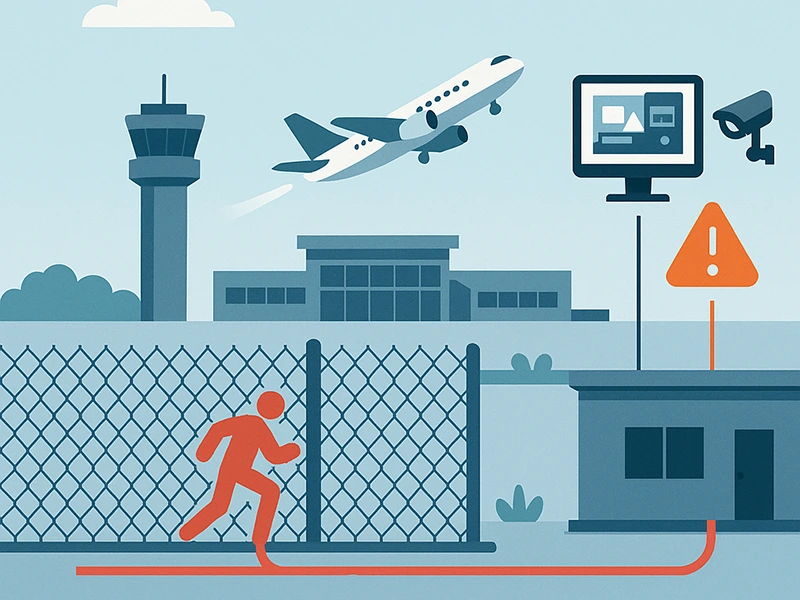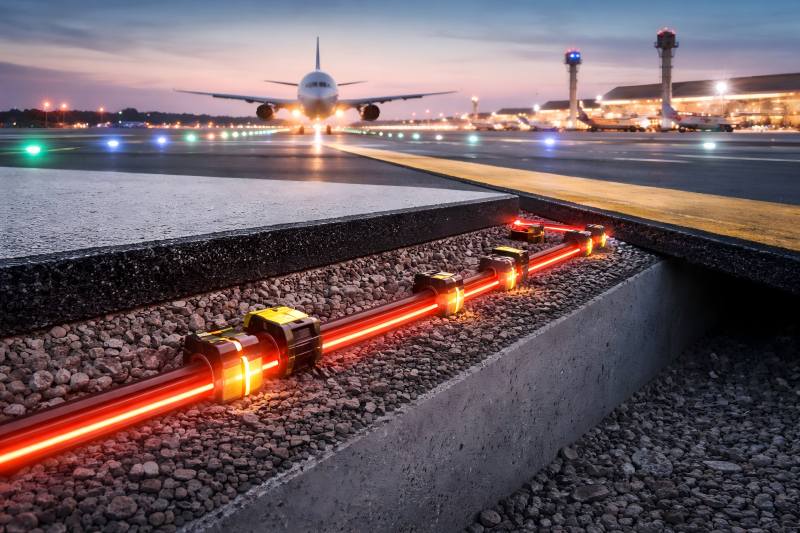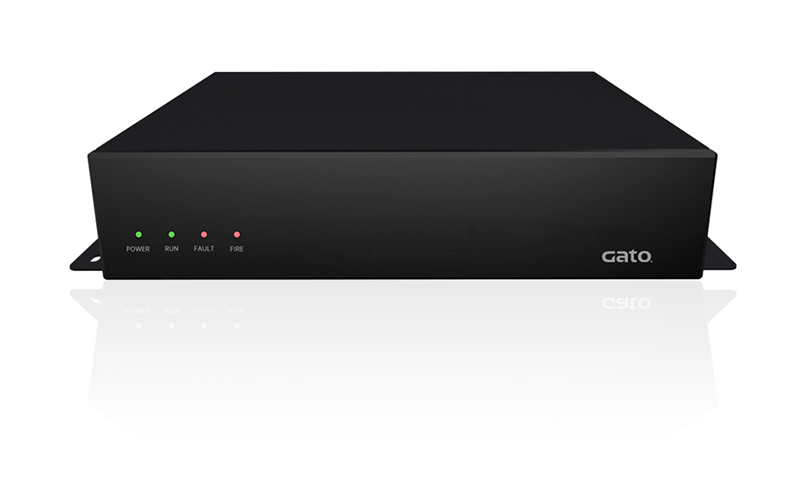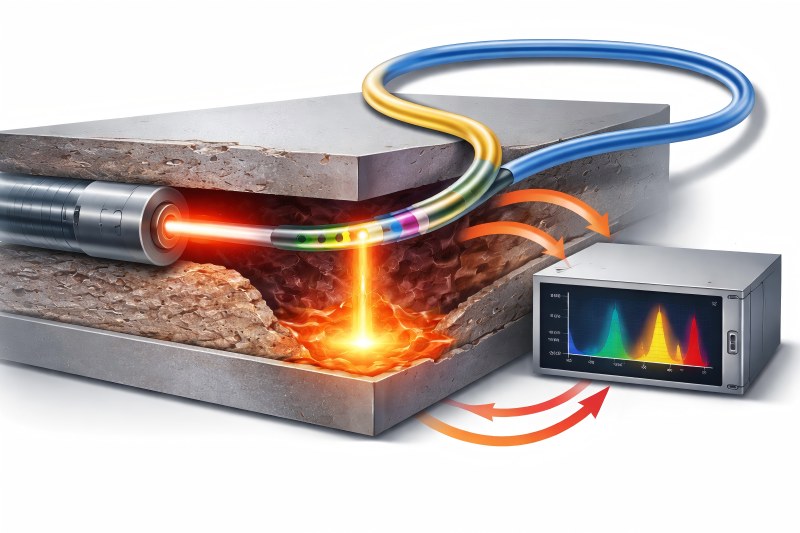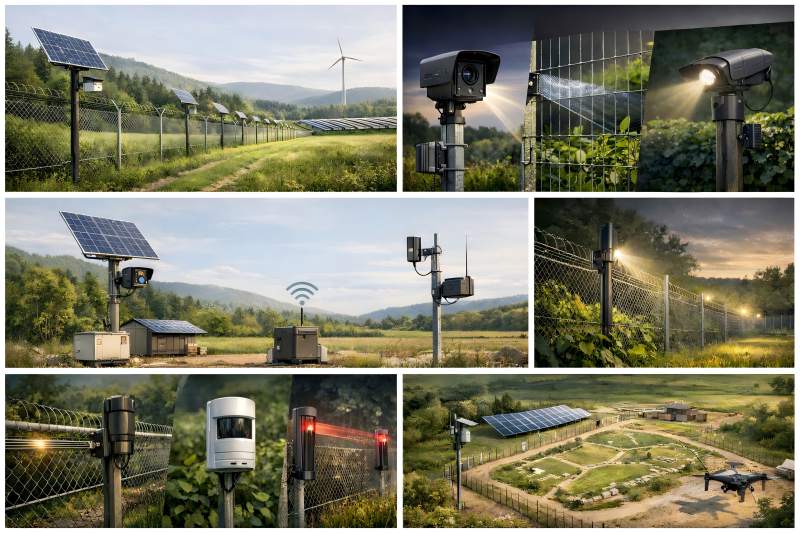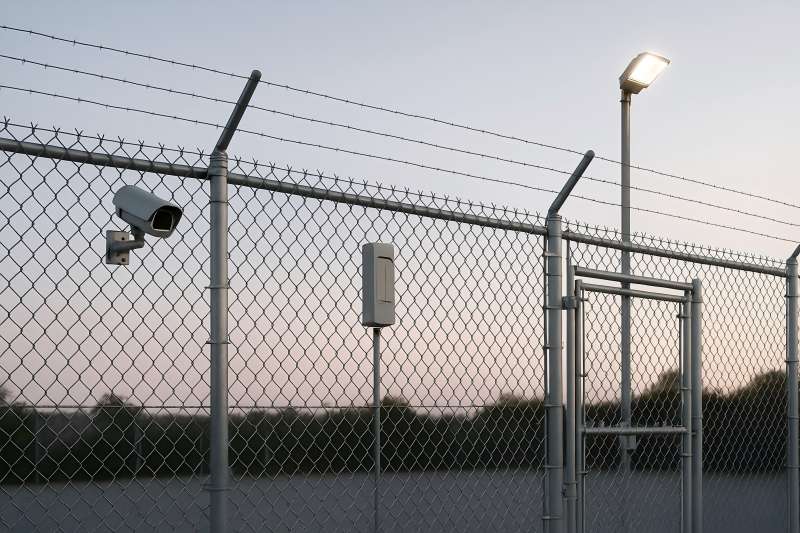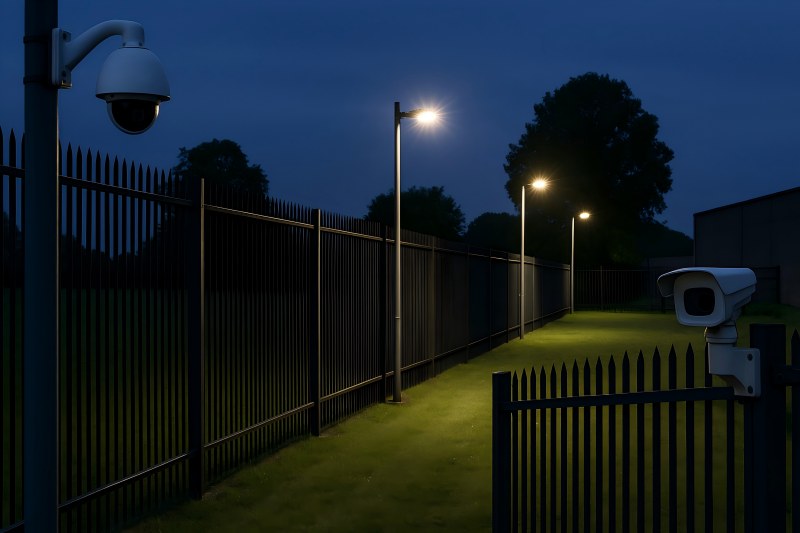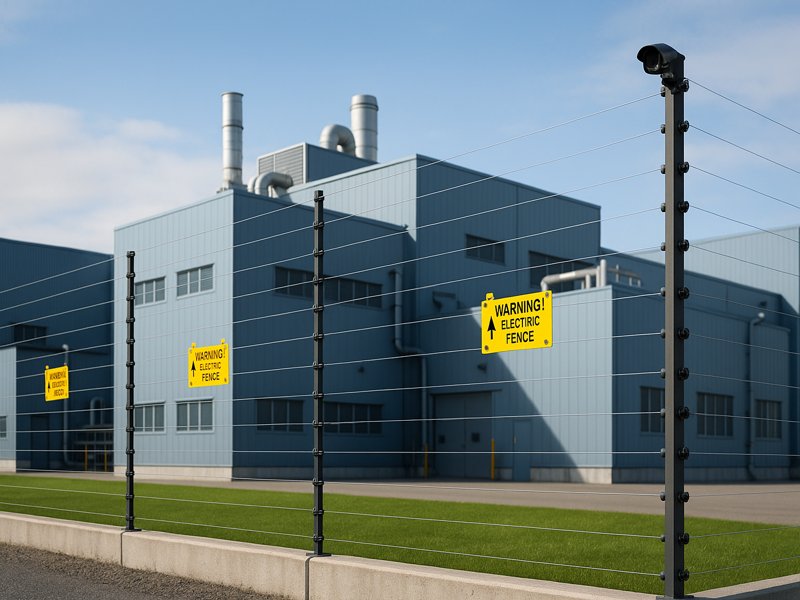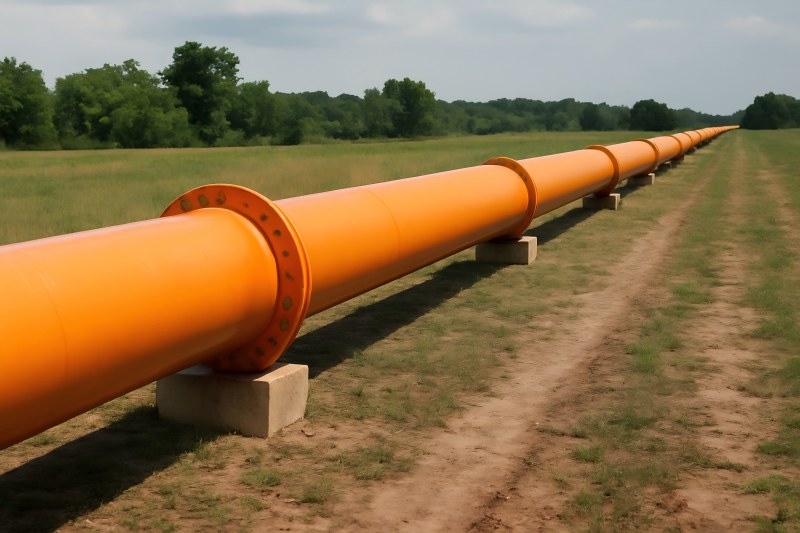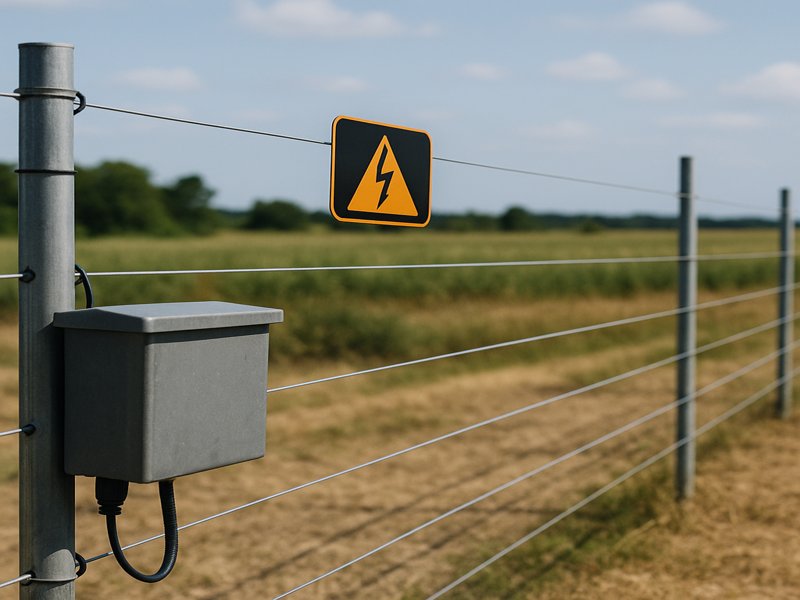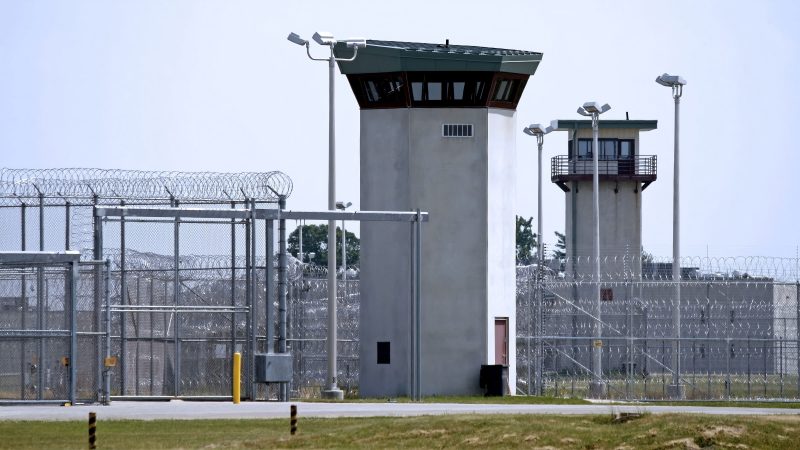Airports face growing security threats, making robust perimeter protection essential. Fiber optic sensors are revolutionizing airport security beyond traditional CCTV and motion sensors. This article examines how they work, their advantages, key applications, integration with existing systems, and future trends in aviation security.
Understanding Airport Perimeter Security Challenges
Airport perimeter security is expensive, often covering several kilometers and encompassing a wide variety of terrains, including fences, runways, tarmacs, and restricted zones. Security teams face the constant challenge of:
- Monitoring long distances with limited manpower.
- Detecting unauthorized intrusions in real time.
- Preventing false alarms triggered by weather, wildlife, or equipment.
- Operating under stringent regulatory and environmental conditions.
A breach in airport perimeter security can result in massive disruptions, financial losses, or even national security incidents. To address these challenges, a new generation of intelligent, responsive, and resilient perimeter intrusion detection systems (PIDS) is required, and fiber optic sensing plays a key role in this shift.
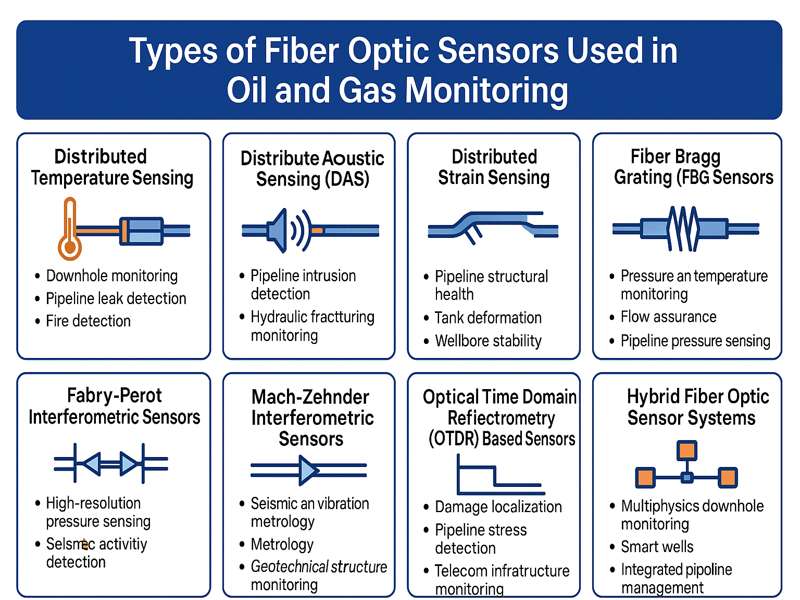
What Are Fiber Optic Sensors?
Fiber optic sensors sense physical changes in their surroundings by sending light signals through optical fibers. These changes—such as vibrations, pressure, temperature shifts, or acoustic signals—alter the properties of the light in measurable ways. The altered signal is then analyzed to detect and classify the event.
The most common types of fiber optic sensing used in perimeter detection include:
- Distributed Acoustic Sensing (DAS): Detects vibrations and acoustic disturbances along the length of the fiber.
- Distributed Temperature Sensing (DTS): Monitors temperature variations for thermal anomalies.
- Distributed Strain Sensing (DSS): Measures strain on fences or infrastructure to detect tampering or deformation.
These systems convert a simple optical fiber—often the same type used in telecom networks—into a continuous, real-time, and highly sensitive sensor.
How Fiber Optic Sensors Enhance Airport Perimeter Detection
Live, Dispersed Surveillance
The whole perimeter is continuously monitored in real time by fiber optic sensors. Unlike traditional point sensors, which only protect specific locations, fiber systems act as distributed sensors, turning every meter of cable into a detection zone.
This enables complete situational awareness over several kilometers, with the ability to:
- Detect multiple intrusion events simultaneously.
- Pinpoint intrusion locations within meters.
- Track movements in real time.
Low False Alarm Rates
Fiber optic systems intelligently distinguish between genuine threats (e.g., climbing or cutting fences) and environmental noise (e.g., wind, rain, or small animals). Using advanced signal processing and AI-driven analytics, they reduce nuisance alarms and improve decision-making.
This accuracy is crucial in an airport setting, where frequent false alarms can overwhelm security personnel and reduce operational efficiency.
Stealthy and Tamper-Proof Installation
Unlike above-ground sensors that are vulnerable to vandalism or environmental damage, fiber optic cables are typically buried or discreetly installed on perimeter fences. They’re immune to electromagnetic interference and difficult for intruders to detect or disable.
This covert nature makes them ideal for high-security environments like airports, where unobtrusive detection is key.
Integration with Security Systems
Fiber optic sensors seamlessly integrate with existing CCTV systems, access control, radar, and security command centers. The system may automatically activate cameras at the scene of the incident, alert staff, and start lockdown protocols when it detects an intrusion.
This multi-layered defense ensures faster response times, better situational awareness, and coordinated security efforts.

Common Applications in Airport Security
Fiber optic sensors are versatile tools for a range of airport perimeter detection needs. Typical applications include:
- Fence Line Monitoring
By attaching fiber optic cables to perimeter fences, any attempt to cut, climb, or tamper with the fence is instantly detected. The system can even classify different intrusion types based on vibration signatures.
- Ground Intrusion Detection
Buried fiber optic cables can detect footsteps, digging, or vehicle movement near restricted areas. This is particularly effective in detecting unauthorized access through runways or taxiways.
- Pipeline and Utility Protection
Airports often have critical underground infrastructure, such as fuel pipelines or data lines. Fiber sensors monitor these assets for unauthorized access or tampering.
- Restricted Zone Monitoring
Fiber optic sensing can be deployed around sensitive zones—fuel storage, maintenance hangars, or control towers—to ensure access is continuously monitored and tightly controlled.
Advantages Over Traditional Security Systems
| Feature | Traditional PIDS | Fiber Optic Sensors |
| Coverage | Point-based (limited) | Distributed (entire perimeter) |
| Maintenance | High (prone to wear/failure) | Low (few moving parts) |
| False Alarm Rate | Moderate to High | Low (AI-based filtering) |
| Environmental Resistance | Variable | Excellent (immune to EMI/weather) |
| Integration with Systems | Often manual or limited | Full integration, automated alerts |
| Installation Visibility | Visible (may be bypassed) | Discreet or hidden |
Implementation Considerations
Installation and Calibration
Installation is relatively straightforward: fiber optic cables are laid along the perimeter or attached to fences. However, calibration is essential. The system must be fine-tuned to distinguish between real threats and environmental noise.
Zone Mapping and Resolution
Systems can be configured to divide the perimeter into zones, with localization accuracy ranging from a few meters to tens of meters. This zoning helps direct response teams precisely where needed.
Integration with Airport Command Centers
Fiber systems must work seamlessly with Airport Operations Control Centers (AOCCs). Data from the sensors can be visualized on maps, integrated with radar or video feeds, and logged for future analysis.
Case Studies: Real-World Deployments
London Heathrow Airport (UK)
One of Europe’s busiest airports has implemented fiber optic fence monitoring along critical zones. The system is integrated with thermal cameras and radar to provide a complete view of perimeter security in real time.
Changi Airport (Singapore)
Changi uses buried fiber optic cables to detect foot traffic and vehicle intrusion near the perimeter fence. Alerts are automatically routed to the security team and trigger camera views of the incident area.
JFK International Airport (USA)
JFK has upgraded its perimeter security to include fiber optic sensing in response to past security breaches. The system has significantly reduced false alarms while improving detection of fence breaches and ground vibrations.
Challenges and Limitations
While fiber optic sensors are highly effective, they are not without challenges:
- Initial Investment: Though cost-effective long-term, initial installation and integration can be expensive.
- Data Volume: Large amounts of data are produced by ongoing monitoring, necessitating the use of sophisticated analytics tools.
- Environmental Calibration: In areas with high background vibration (e.g., near runways), careful configuration is needed to avoid false positives.
However, with careful design, system calibration, and AI-based signal processing, the majority of these difficulties can be resolved.
The Future of Fiber Optic Sensing in Airport Security
As airports embrace digital transformation, fiber optic sensors will play an increasingly central role in:
Smart Perimeter Security Systems with predictive analytics.
- Using machine learning and artificial intelligence to classify threats.
- IoT and Cloud-Based Platforms for centralized monitoring across multiple sites.
- Mobile and Drone-Linked Monitoring to extend coverage beyond static perimeters.
With advancements in distributed fiber sensing (DFS), newer systems will offer higher resolution, better noise rejection, and deeper integration with cybersecurity and infrastructure monitoring.
Fiber optic sensors offer real-time, precise monitoring with minimal false alarms, outperforming legacy systems. These scalable and affordable technologies are becoming indispensable as airports develop and dangers increase. Investing now ensures stronger security for the future.
